"Very Beautiful Mumei Koto Tachi Blade, In Shirasaya, Japan Certified "
Very beautiful and very old Tachi blade in his Shirasaya. Koto Blade, more exactly Chu Koto, Classified as Josaku. Era: Period (Oei Goro 1393-1424), more precisely, designated by Japanese experts: Ryakuo to Joji 1338 to 1368.
NTHK Certificate - NPO Type No. 10673, Kanteisho with a rating between 70 and 84, Classified as Important. Unnamed (Mumei) registered as of: April 19, 2020. Registration Certificate No. 13973 (required) from the Education Commission of Ibaragi Prefecture (near Tokyo, Japan).
MUMEI - Blacksmith's name:
By judgment and certification of judges (4) attributed to "Naminohira Yasuyuki" Location: Former province of Sasshu (present-day Kagoshima Prefecture), in Kyushu.
Inscriptions on certificate: Length: 72cm, Curvature (Sori): 2.6cm, Polished, 2 holes in the tang. (Mekugi ana). Registered as: Mumei, unnamed. Date of the Certificate: December 15, 1961. (The numbers and date of the certificate of exit from Japan indicate the possibility of a seigneurial origin, usually known as Daimyo Toroku, obviously rare and sought after).
Naminohira Blacksmith School in the former
Sasshu Province (now Kagoshima Prefecture), Kyushu.
CHARACTERISTICS:
Modified blade "O-suriage", certified authentic and transformed
Nagasa 72 cm
Sori 2.6 cm tall and Koshizori type
3 Mekugi ana
Standard Futsu gata nakago type - End type: Kiri - Modified “O-suriage” with Tsuji Chigai type
Yasurime (lime streaks tilted up and down).
Iori Mune type
Nagashi on the Nakago and on the Mune at the Kissaki
Sugata “Shinogi Zukuri” type
No-hi (without grooves)
Jihada Ko Itame type (In small wood grain)
Hamon of the Suguha type with Nioi Guchi Urumu, the Nioi Guchi is the more or less thick part doubling the Hamon at the limit of the Ji. For this blade, it appears as foggy and is dispersed over the blade, without leaving any particular delimitation. Like a cloud of fog.
Chu-kissaki type
Slight appearance of Boshi, due to an O-suriage blade
Tamahagane steel type
Faults: Presence of some Tateware (small very short and shallow slits parallel to the blade), very common on Koto blades.






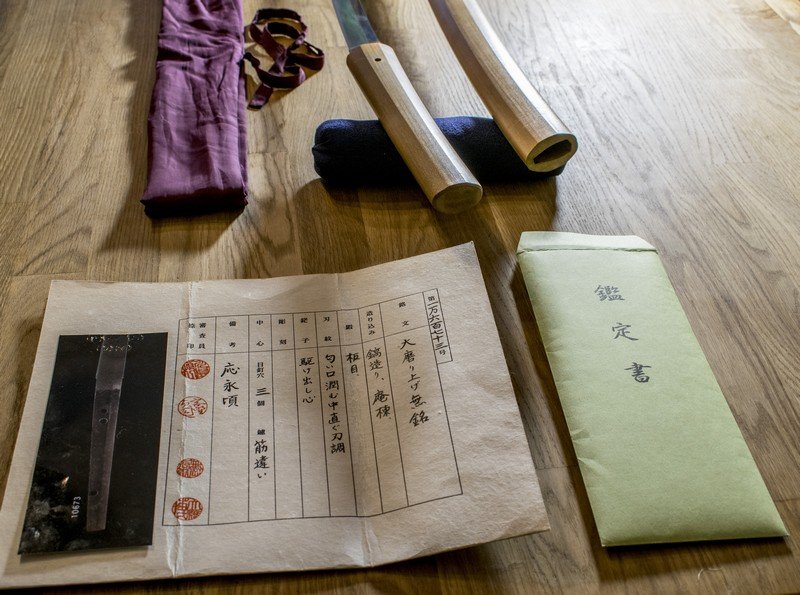

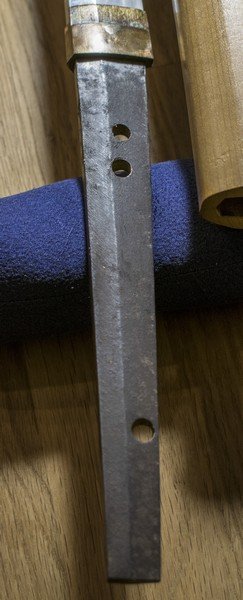


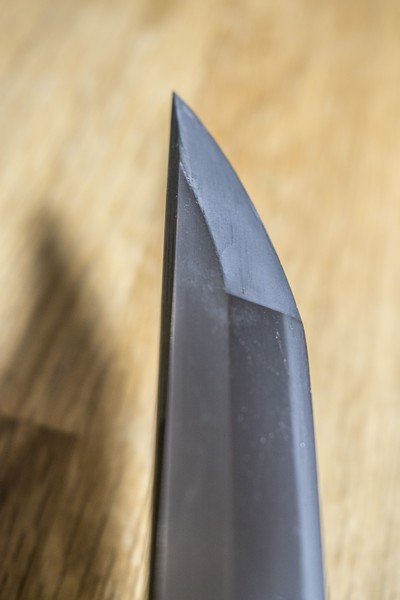
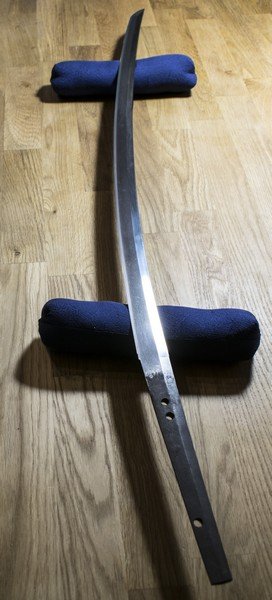
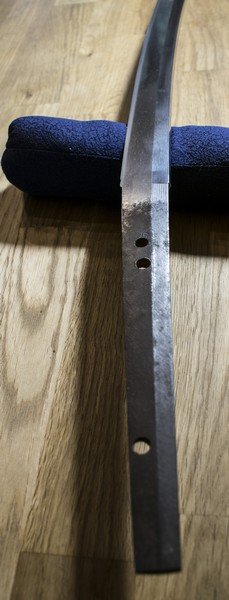
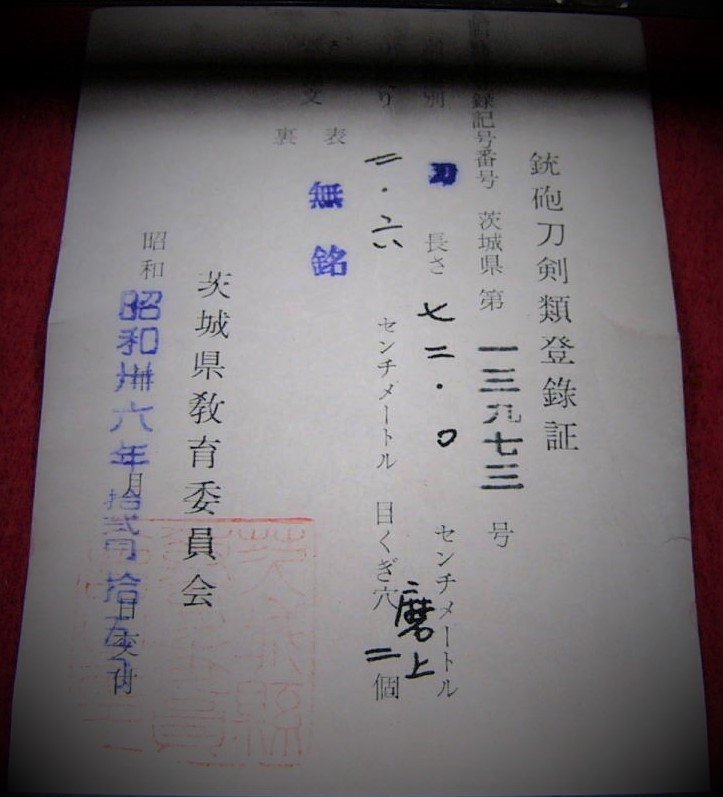




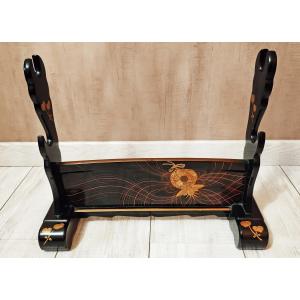
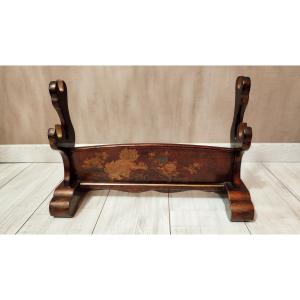
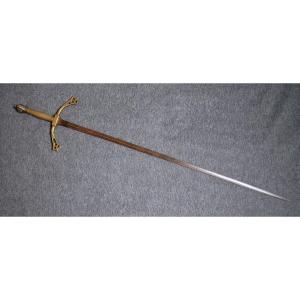

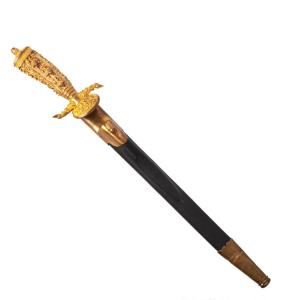
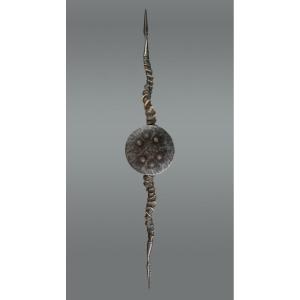
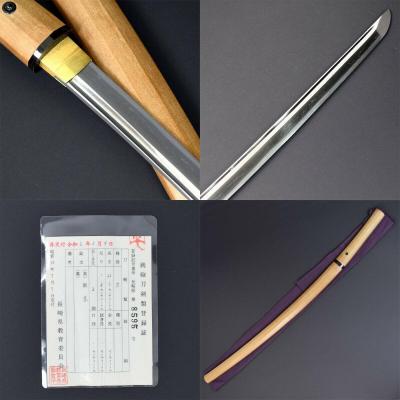




 Le Magazine de PROANTIC
Le Magazine de PROANTIC TRÉSORS Magazine
TRÉSORS Magazine Rivista Artiquariato
Rivista Artiquariato
